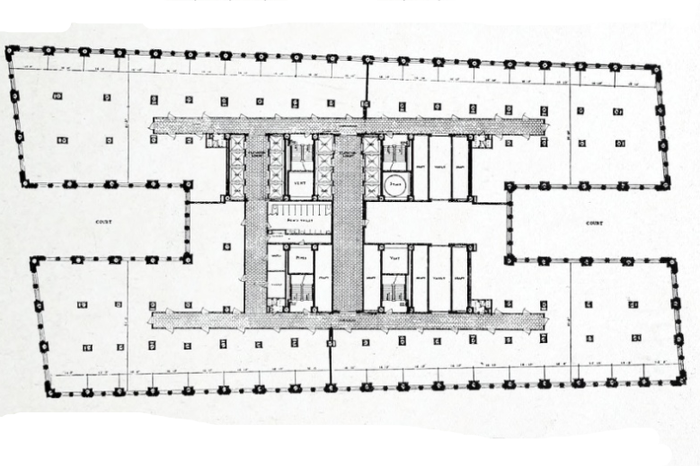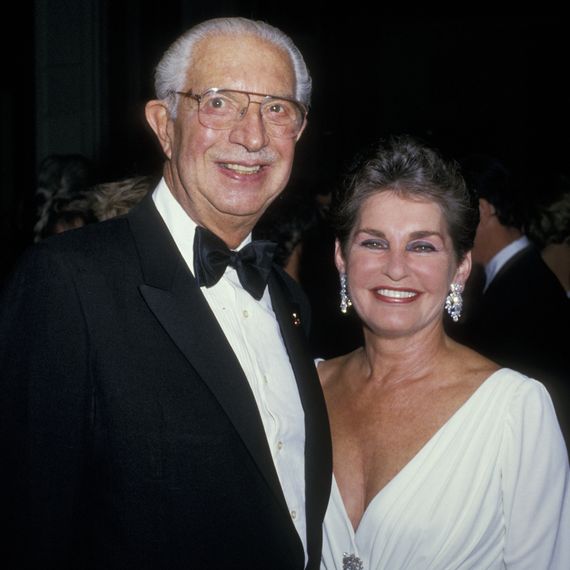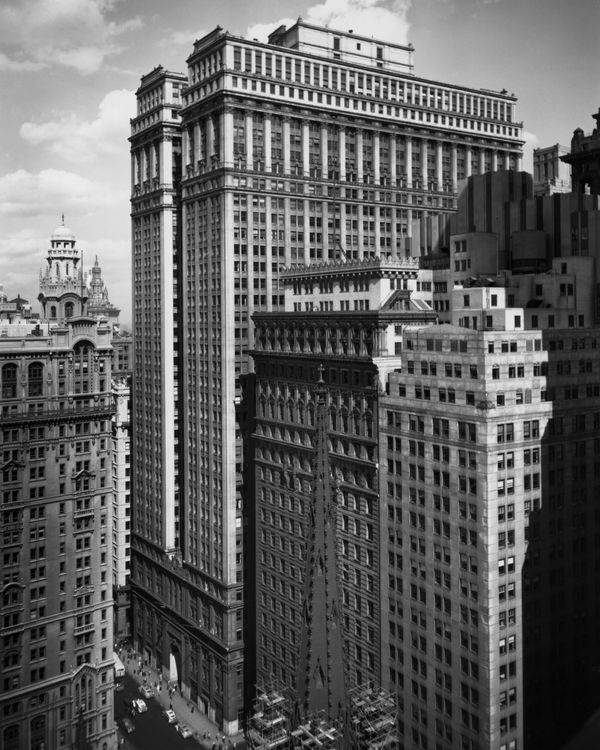
The Equitable Building is not as famous as the Chrysler, the Empire State, or even the Flatiron. But it changed the city in countless ways — with as many superlatives, historical firsts, and tabloid headlines as one structure can bear. (Well, two structures, but we’ll get to that.)
Completed in 1870 at 120 Broadway, the original tower is widely considered to be the first office building in the world with passenger elevators, and thousands rode to the roof for what the New York Sun called “the most exciting, wonderful, and instructive view to be had on our continent.” It was just seven stories tall, soon to be eight. The choicest floors were rented to bankers and lawyers, making the Equitable one of the first speculative office buildings; they ate at the in-house Café Savarin, whose kitchens, bars, dining rooms, and wine vaults spread across all floors and which served no fewer than 20 preparations of potato. It was, the New York Times wrote, “a resort unsurpassed in magnificence in any quarter of the globe.”
Made of granite, brick, and iron, the Equitable was considered so indestructible that its owner, the Equitable Life Assurance Society of the U.S., decided against fire insurance. On an exceptionally frigid January morning in 1912, a kitchen blaze destroyed the building. The hubris was eclipsed only by the sinking of the Titanic three months later.
A scion of the du Pont robber-baron clan bought the full-block site for $14 million. The new Equitable Building — with 38-stories, a distinctive H-shape footprint, and enough space for 15,000 workers — was the world’s largest office building by area. Protests over its gargantuan proportions led to the nation’s first zoning law. Tenants would include General Electric, Goodyear, Barclays, several railroads, and the state attorney general’s office. The Equitable maintained its own fire and police departments and a coal-fueled power plant.
Assessed at $31 million in 1928, the tower was the most valuable property in the city. It was wired with more phone lines than all of Greece, and on the top three floors, the opulent Bankers Club claimed the title of world’s largest private club. Winston Churchill visited, as did Otto Kahn, Charles de Gaulle, Nikita Khrushchev, and Queen Elizabeth II. Reflecting that grandeur, the current owner, Silverstein Properties, completed a $50 million renovation in 2019 that left the century-old bronze grillwork on the elevators intact.
555 Feet of Significance and Scandal
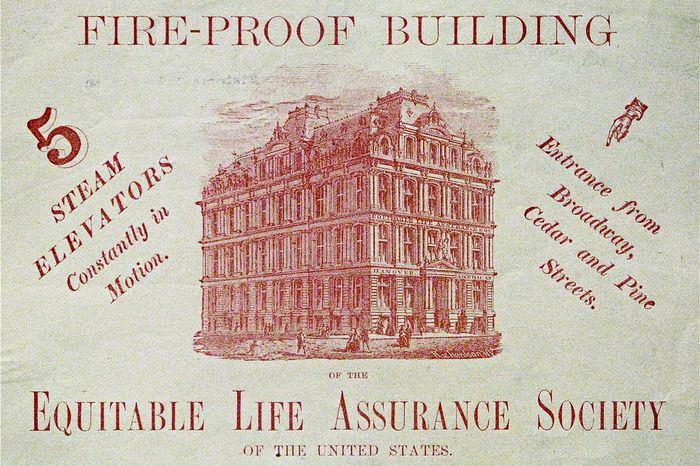
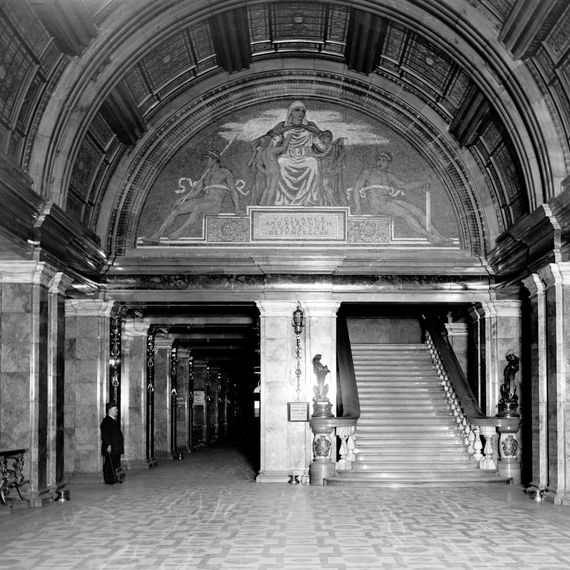
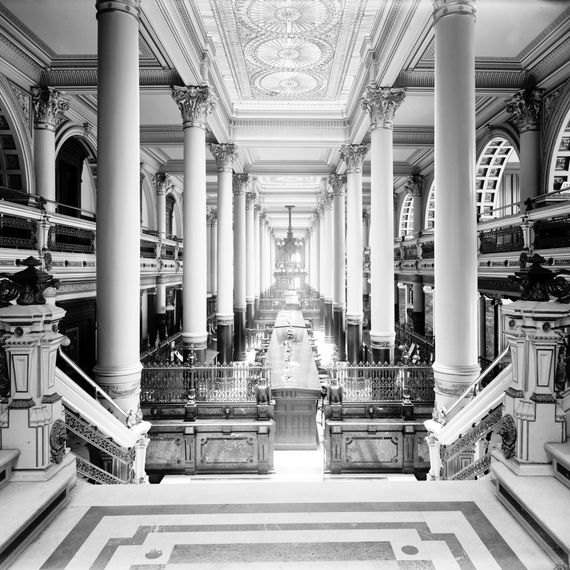
1870s ➼ First building in the city with electric light.
1884 ➼ When a complex fraud collapses, a stenographer named William Scovil is revealed to have dual identities, ostensibly toiling at an Equitable law firm by day while enjoying a reputation on Wall Street as a wealthy trader.
1905 ➼ The son of Equitable Life’s founder draws fire from gossip columnists for using corporate funds to finance his lavish lifestyle, including a Versailles-themed ball costing some $5 million in today’s dollars.
1916 ➼ First building to employ a female elevator operator.
1920s ➼ A top G-man operates an undercover Prohibition office out of the Equitable.
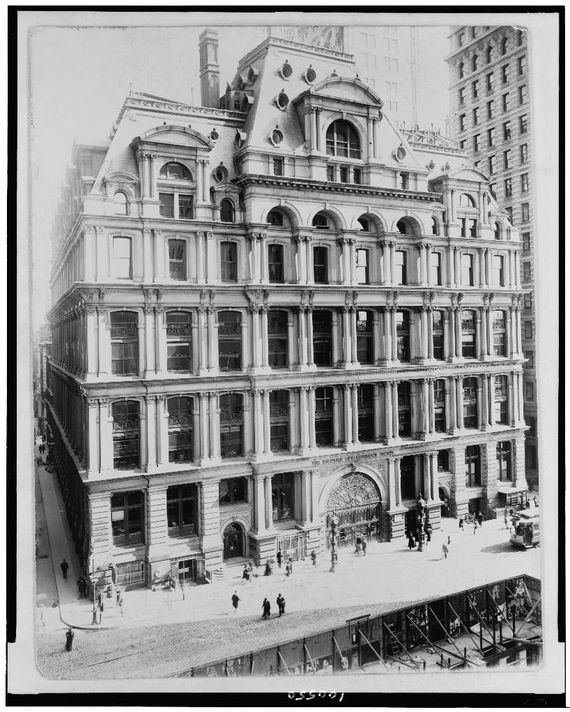
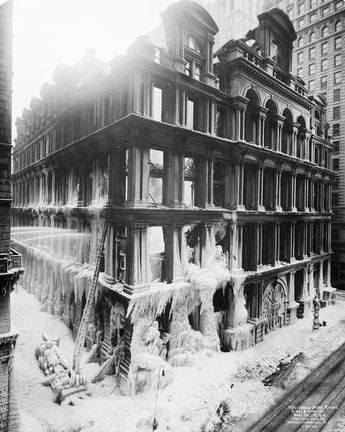
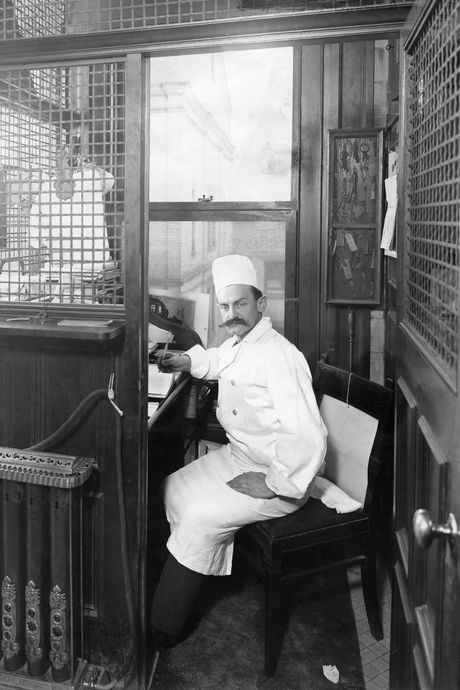
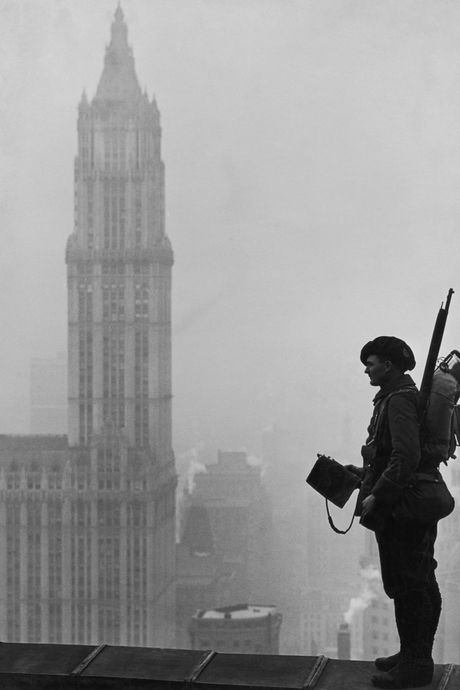
1929 ➼ At Café Savarin, a waiter beats the market crash with stock tips passed to him over the lunch counter by his financier regulars, but a less lucky brokerage clerk leaps off the building to her death. The next year, a man plummets onto the roof of a truck, killing himself and the driver.
1942 ➼ An artillery shell smashes into a ledge between the 37th and 38th floors, the result of an anti-aircraft misfire on the East River.
1952 ➼ A burglar on the 32nd floor dodges a guard’s bullet before escaping with 50 cops in pursuit.
1958 ➼ A cleaning woman at the Mitsubishi International Corporation throws 12 vials of radioactive isotopes into the trash.
1976 ➼ Stocks worth $168,000 vanish from Smith Barney — and resurface about 18 months later in a scheme orchestrated by the Colombo crime family.
1979 ➼ A man is shot in the chest during an armed robbery of a Barclays branch, part of a citywide epidemic.
1987 ➼ Harry Helmsley, a former owner of the Equitable, and his wife, Leona, are charged with fraud; they return to the building to surrender to authorities. In grislier crime news the same year, a stockbroker is murdered by his brother on the 22nd floor.
1990s ➼ The Swiss Bank Corporation, which first leased space in the Equitable’s vaults in 1939 to safeguard gold and other valuables in the run-up to World War II, becomes central in efforts to return assets to Holocaust victims and their families.
2003 ➼ Jurors deliberate a design for the World Trade Center memorial in a 20,000-square-foot office on the 30th floor overlooking ground zero.
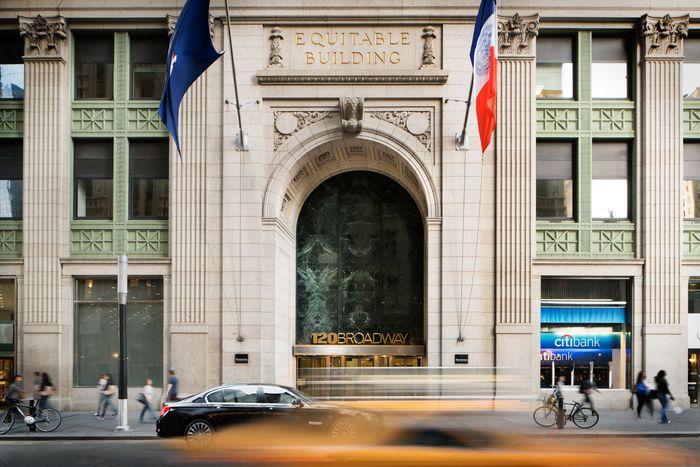
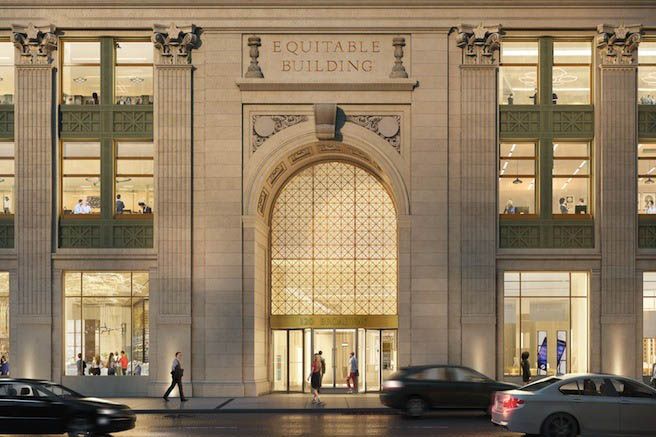
More From This Series
- The Open-Plan Office Was an Auditory Disaster
- Remember the Office?
- The Infinite Semiotics of the Office Bathroom


